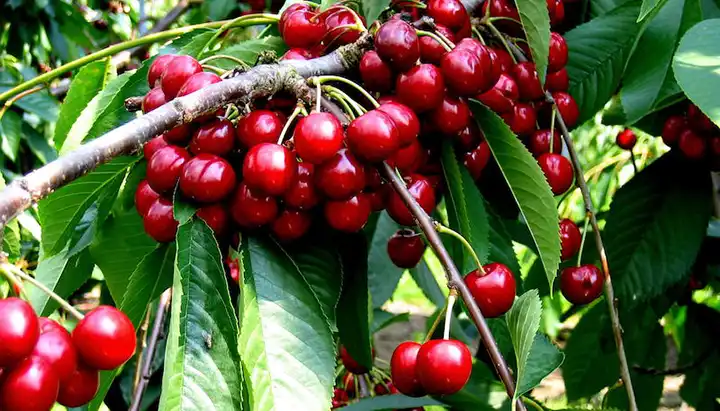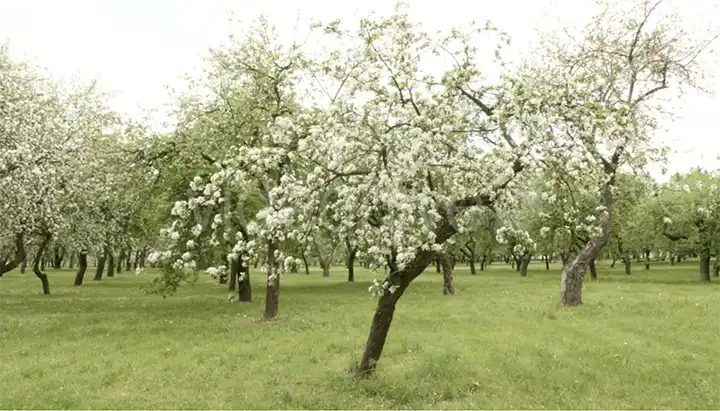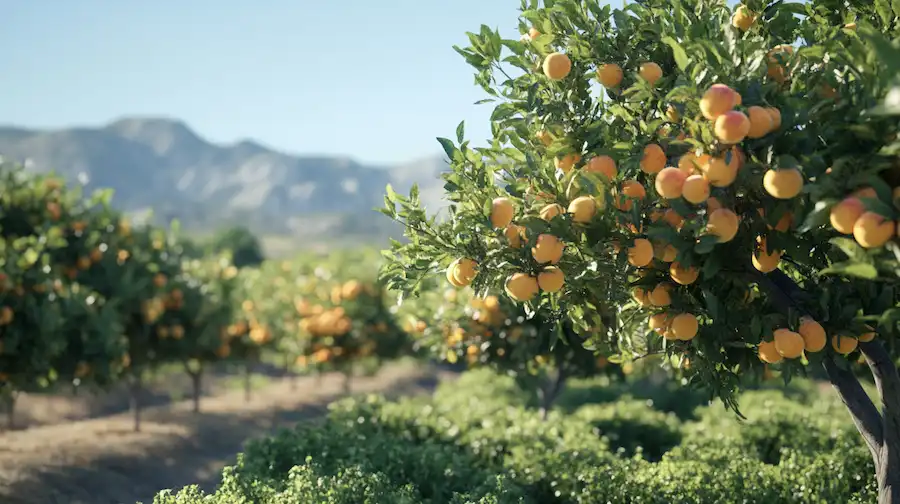Crafting Serenity: A Guide to Creating Floating Gardens
Floating gardens, an ancient marvel of ingenuity, offer a sustainable and beautiful solution for gardening in areas with limited space or poor soil quality. Inspired by practices from regions like Bangladesh and the Aztecs’ chinampas, these buoyant havens not only enhance aesthetic appeal but also promote biodiversity and water purification. Here’s an in-depth guide to creating your floating garden, step by step.
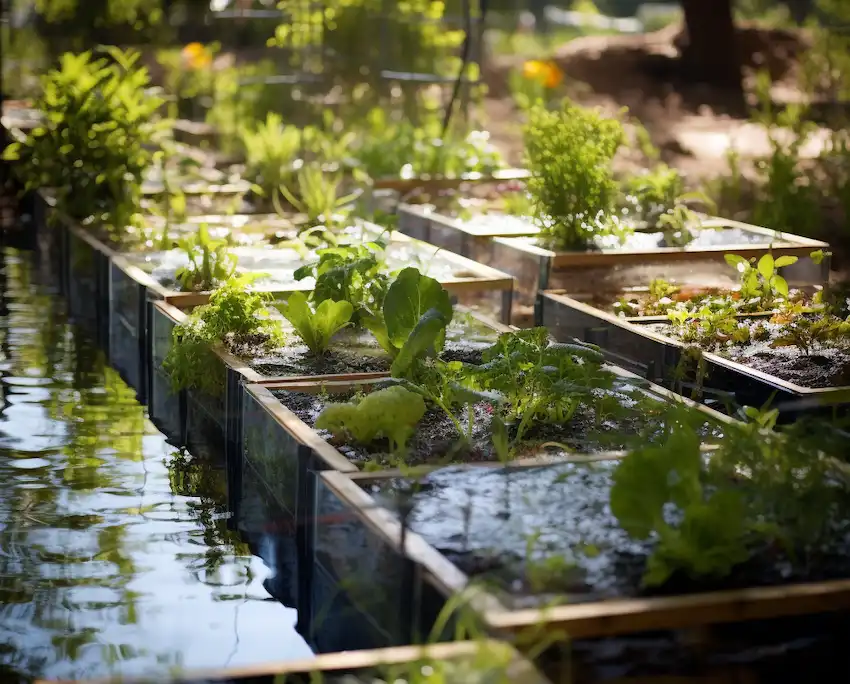
Understanding Floating Gardens
Floating gardens are essentially rafts of buoyant materials like bamboo or styrofoam, laden with soil and plants, that float on the surface of a water body. They are ideal for growing vegetables, herbs, and ornamental plants, providing an efficient way to utilize space and resources.
1. Choose the Right Location
- Water Body: A calm, freshwater body like a pond or a calm river edge is ideal. Ensure the water is not too deep and has minimal flow to prevent the garden from drifting away.
2. Select Suitable Materials
- Buoyant Base: Materials like bamboo, PVC pipes, or recycled plastic bottles can be used. Ensure they are durable and non-toxic.
- Garden Bed: Use lightweight soil or a hydroponic medium. Coconut coir or peat moss mixed with perlite or vermiculite works well.
3. Design Your Raft
- Size and Shape: Consider the size of your water body and the plants you want to grow. Rectangular or square rafts are common and easy to construct.
- Assembly: For a bamboo raft, tie bamboo poles together to form a sturdy base. For PVC or bottles, secure them in a grid pattern to ensure even buoyancy.
4. Prepare the Planting Surface
- Contain the Soil: Use non-toxic, water-permeable fabric or fine mesh to contain the soil or growing medium. Secure this to your base.
- Add Soil: Fill the contained area with your chosen soil or hydroponic medium.
5. Choose and Plant Your Flora
- Plant Selection: Opt for plants that have shallow roots and are well-suited for moist conditions. Leafy greens, herbs, and certain flowers and vegetables thrive in floating gardens.
- Planting: Plant seeds or seedlings into the soil, ensuring there’s enough space between them for growth and air circulation.
6. Maintain Your Garden
- Watering: Although your garden is on water, ensuring the roots have adequate moisture is crucial. The wicking action should keep the soil moist, but check regularly.
- Nutrients: Add liquid fertilizer periodically, as the nutrients in the soil will deplete over time.
- Anchoring: Secure your garden to the shore or bottom of the water body to prevent it from drifting away.
- Pest Management: Monitor for pests and diseases. Use organic pesticides if necessary.
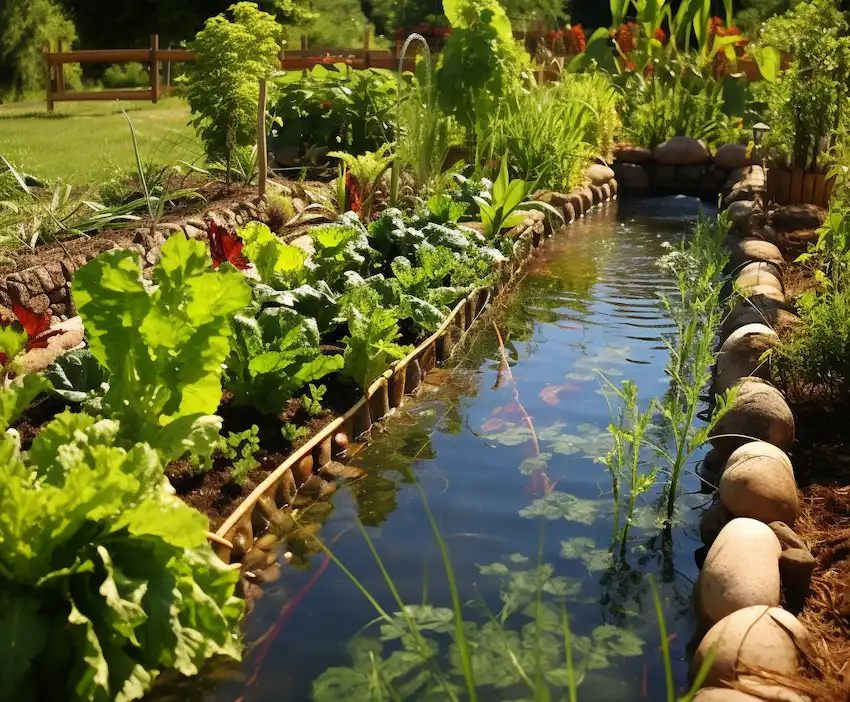
7. Harvest and Enjoy
- Regular Checks: Monitor plant growth and harvest mature plants regularly to prevent overloading the raft.
- Enjoy the Bounty: Enjoy the fruits, vegetables, and beauty of your floating garden, a testament to sustainability and ingenuity.
Step by Step Recipe for a Floating Garden:
1. Designing:
Sketch your floating garden’s design, considering the size of the water body and the plants you wish to grow.
2. Gathering Materials:
Collect all necessary materials – buoyant base materials, gardening fabric or mesh, soil or hydroponic medium, and plant seeds or seedlings.
3. Construction: Construct the raft base using your chosen materials. Ensure it’s sturdy and buoyant.
4. Soil Preparation:
Secure the gardening fabric or mesh to the raft and fill it with the soil or hydroponic medium.
5. Planting:
Plant your selected seeds or seedlings in the soil, ensuring adequate spacing and depth.
6. Anchoring:
Securely anchor your floating garden to prevent it from drifting with the current or wind.
7. Maintenance:
Regularly check the moisture level of the soil, the health of the plants, and the stability of the raft. Add nutrients as needed and manage any pests or diseases.
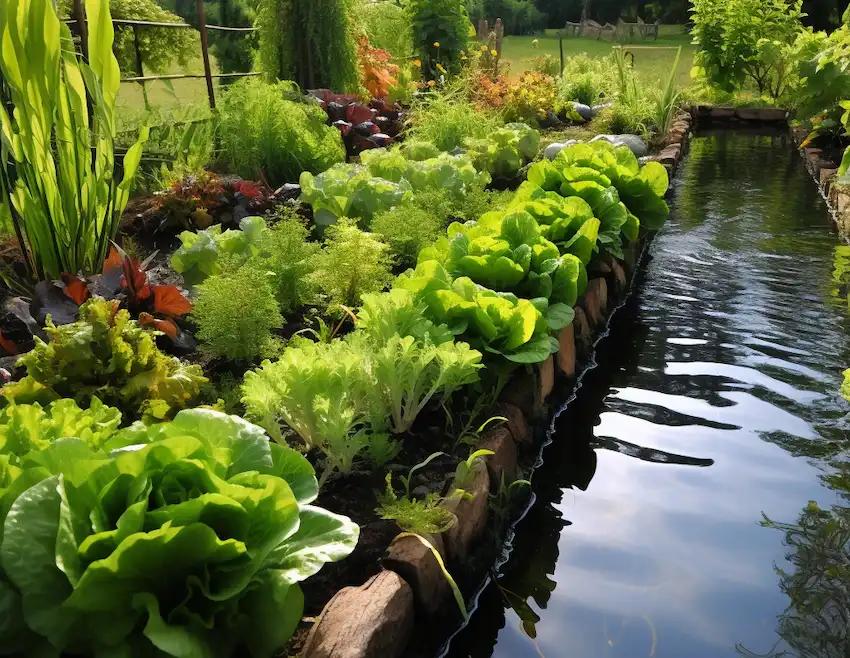
8. Harvesting:
Harvest your plants as they mature. Enjoy the fresh produce and the unique beauty of your floating garden.
Floating gardens are not just a gardening venture; they are a statement of sustainable living and a step towards a harmonious coexistence with nature. As you embark on this journey, may your floating garden become a thriving ecosystem and a serene retreat, echoing the wisdom of ancient practices through the ripples of modern innovation.

















